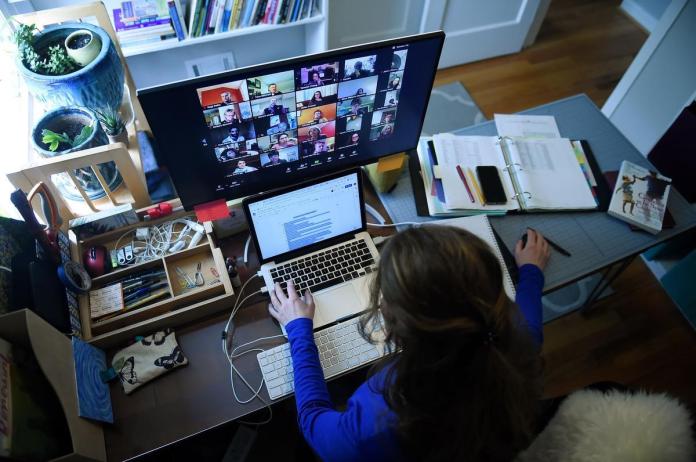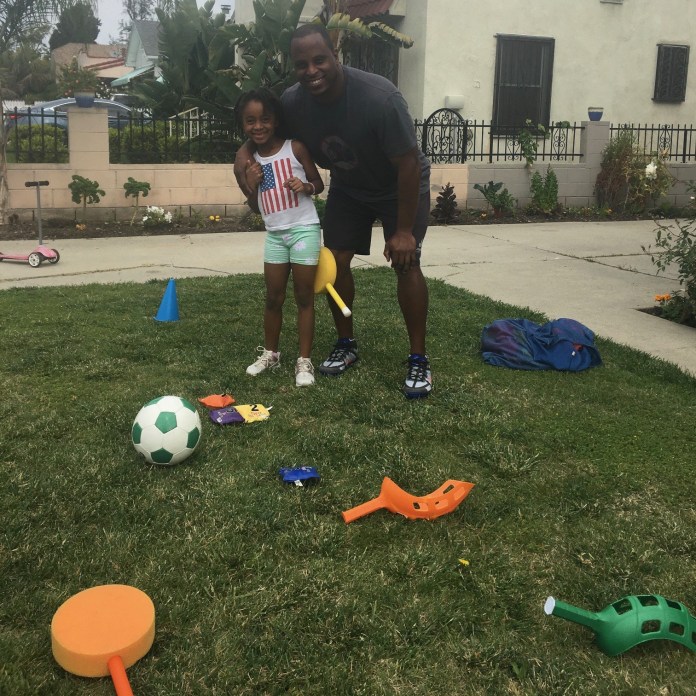Changing Our Narrative
As the uncertainty of this pandemic continues, we find ourselves wearing many more hats—and masks—than before. With school districts and non-essential businesses closed for the safety and well-being of our communities, homeschooling is a must for our children. Balancing working from home and maintaining an academic curriculum for your kids can be a daunting task.

Our children enjoy the structure of a school setting. Many educators across the world are creating lesson plans and Zoom meetings to cater to children’s needs. The core curriculum consists of math, reading, writing, science, history and physical education. These subjects are essential in building a foundation of education with a smooth transition from one subject to another. Learning styles differ, so it is important to make sure that educators and parents are working together in support of keeping the child engaged. COVID-19 has limited our daily activities, accelerated our eating and multiplied our screen time on social media. The virus has broken the day-to-day structures that children are accustomed to. Exercise is something that can and should be emphasized during self-quarantine.

Physical education was introduced in America in the late 1700s and early 1800s as gymnastics, hygiene training and the care and development of the human body. Americans later learned that there is a direct correlation between physical activity and the ability to cultivate learning strategies. By 1950 over 400 institutions had introduced majors in physical education. But in the 1970s and 80s, the government cut education funds. Physical education was the first casualty. Today Americans can see the negative effects of lack of physical education. The obesity rate continues to rise, along with hypertension, diabetes, self-esteem, lack of focus and mood swings due to diminished activity. In the U.S., schools are required to provide children in grades 1–6 at least 100 minutes of physical education. Grades 7th–12th must have 200 minutes a week of PE.
“In order for a man to succeed in life, God provided him with two means, education and physical activity. Not separately, one for the soul and the other for the body, but for the two together. With these means, man can attain perfection.” –Plato

One of the things that make us great parents or guardians is the ability to adapt and overcome for the benefit of our children. Twenty minutes of physical activity every day can increase their learning habits. Exercise increases blood flow, building muscle and conditioning the brain. It is easy to forget we are born movers, hunters and gatherers who thrive on fine motor skills. Running, jumping, catching, throwing, lifting, turning and bending are all forms of everyday life. We can apply these activities with a purpose every day during our homeschooling experience. In one study of 18 schools in Chicago, children performed physical activity before school versus other children who performed PE at the end of the day. The children who participated before school tested high academically, according to John J. Ratey, MD, in “Spark: The Revolutionary New Science of Exercise and the Brain.”
In today’s society, physical education has evolved from gymnastics and hygiene to sports, games, catching, throwing, yoga and meditation. During these stay-at-home days we can incorporate some of these activities in the morning and throughout the day to ensure we are improving our kids’ lives.
Let’s get moving!
Daryl Adams, Physical Education Instructor and Coach. “I developed a passion for athletics at a young age – which lead me to playing college football and later becoming a physical education teacher in 2007. I understand the value and characteristics that physical activity brings to a young child’s life. These healthy activity traits are likely to carry over into adulthood.” Daryl is a contributing writer at ReelUrbanNews.com.
This story originally appeared on ReelUrbanNews.com
We Publish News 24/7. Don’t Miss A Story. Click HERE to SUBSCRIBE to Our Newsletter Now!






